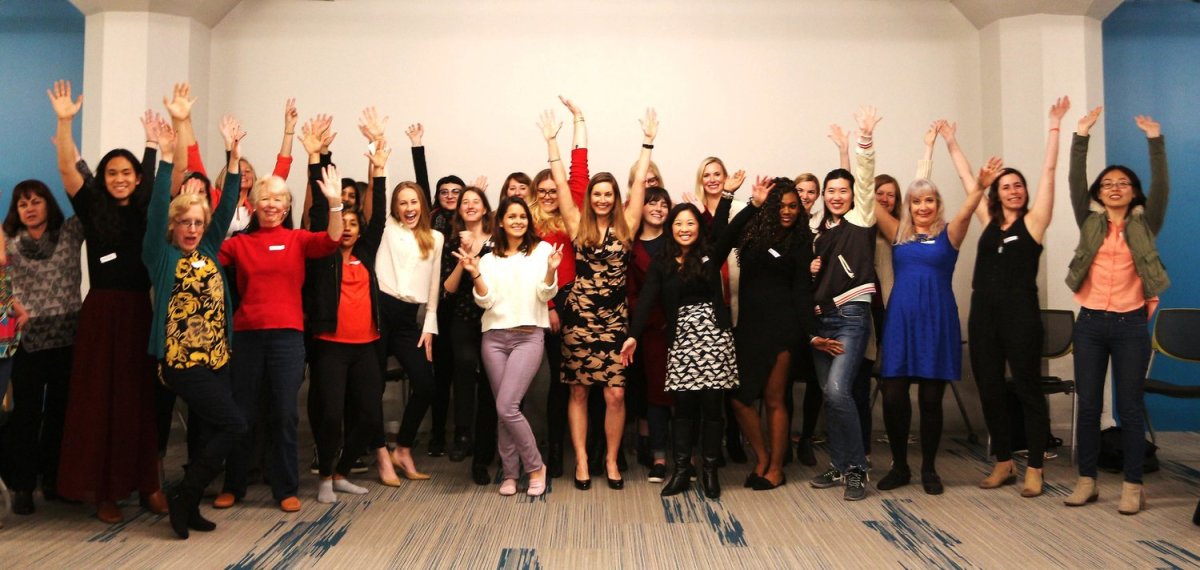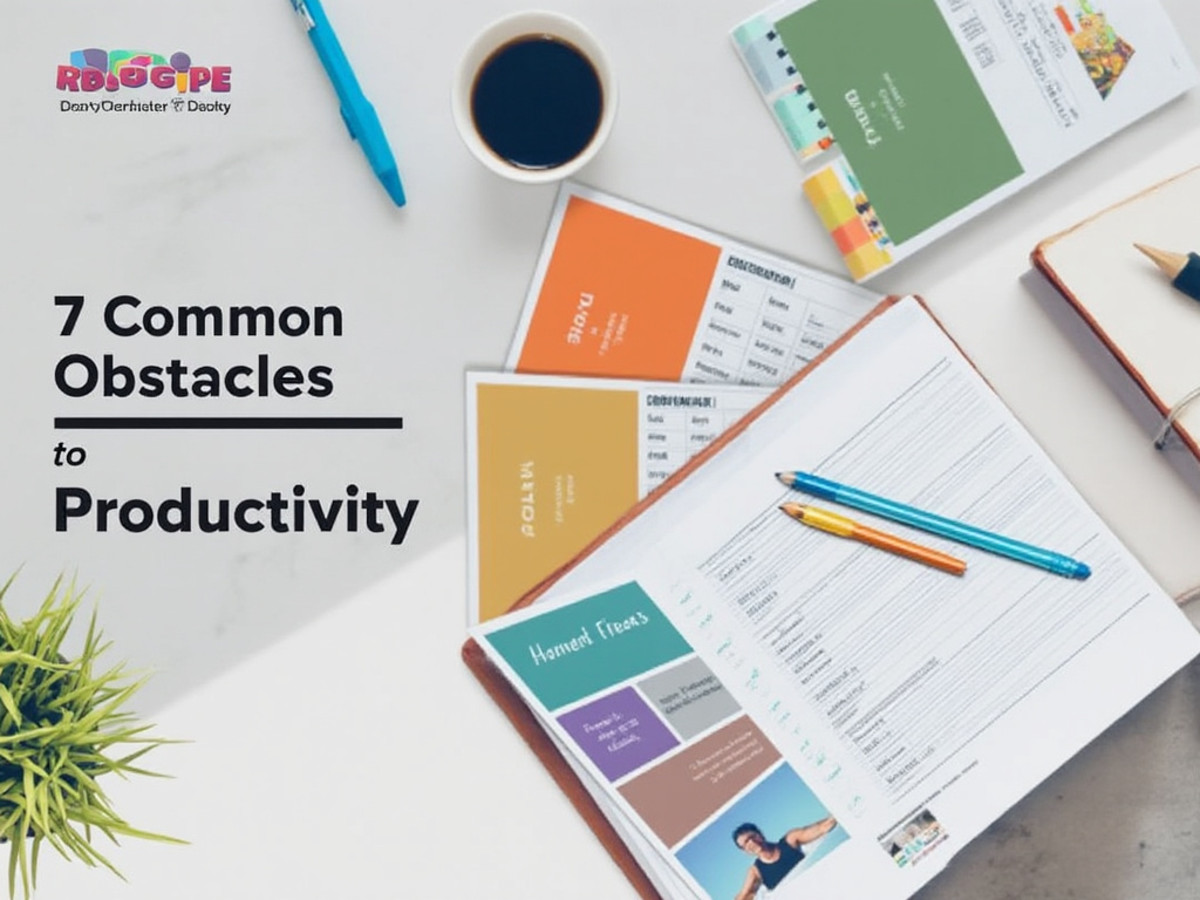Why Multitasking Is Not the Answer to Productivity

Do You Want to be Productive?
Let's face it, all of us wants to make the most out of our time, whether be at work, at school, or even just at home. That's why multitasking is such a sound and pleasing method for us. We think that if we can work two or three tasks at a time, we can free ourselves from doing it later on, giving us more time to pursue other things that matter. But before we dive right into multitasking, here are three reasons why such method may not be the best way for overall productivity.
What do you consider yourself?
1. It's More of An Illusion
There's this interesting scenario with one of the rovers that NASA sent to Mars. For a certain period of time, it fulfilled its role and sent interesting images from the planet, bringing joy to almost everyone who has seen the images. However, eventually it failed and was not able to send more pictures. During that time, however, it still functioned but performs other things, all at once. When you look at it carefully, it still works, but it failed to perform its only purpose. The rover was a complete failure.
This scenario is similar to us, especially in our workplace. We do a lot of things, thinking that at the end of the day, we would have accomplished more and overall become a productive person. But this is not mostly the case. We human beings, unlike machines, cannot perform a lot of processing skills at the same time. What we actually do when we multitask is jump from one task to another at a rapid speed, and as a result interrupts our thought process. When we go back to the task, we start the process all over again. This does not really get things done, but instead creates more work that our brain does not need at all.
This is not only problematic for our overall well-being but also dangerous. We might not see this as a threat to our overall development, but it actually does have an effect on us. The more busy we think we are, the less time we allot to our friends, families, and hobbies. We spend more time juggling tasks one after the other and having this illusion that at the end of the day, we have accomplished more. And of course, this illusion of being a productive person may blind us as to our real potential in the workplace. The sales report that we may have difficulty analyzing may be the result of the interrupted thought process when we couple that work with responding to emails. So if you think that you really make a difference by multitasking, you might want to reconsider it.
2. It Generates More Work
According to the psychologist Jim Taylor, when we multitask, our brain carries the burden of moving from one task to the other, in rapid succession. Think of it as going back and forth to points A and B as quick as you can. Not only is it physically tiring, but it also requires more power. This scenario also happens in our brain. We spend precious energy jumping from one task to the other, wasting our resources and straining our brain. According to him, 40% more time is consumed multitasking compared to single tasking. Furthermore, the switch from one task to the other induces a "reset" of our previous task. The rapid switch from task A to task B may look really effective, but in fact it is not. (Read more about the article here)
Additionally, according to Fisher and Plessow (2015), there are two approaches in handling performance: parallel and serial. Parallel is better known as multitasking, and serial is better known as single tasking. Their research reviewed different studies as to which method is more efficient. Although it confirmed that multitasking is indeed a process that can be done, it showed that serial processing generally is the more effective method and yields better performance. This is due to, as they had noted, the crossover cost that happens when doing tasks simultaneously. It was revealed that the brain can only handle a single cognitive task at a time, and juggling more than one may hamper efficient operations. (Read more about the article here)
3. There are More Effective Ways
Multitasking may seem like the best method to keep up with the seemingly infinite tasks that we have to accomplish. It works in cases where tasks are familiar that no comprehension is required or no Higher Order Thinking Skills (HOTS) is needed. But if that's not the case, then there are other options to boost overall productivity.
For example, serial tasking is the better option for tasks that require HOTS such as analysis, critical thinking, and correlation due to its ability to promote "deep work". Deep work is a concept similar to deep sleep, coined by famous author Jason Fried. Work occurs in stages, and deep work is the stage where working is at its optimal level, where ideas and concepts are flowing. The rapid shift in multitasking is a form of interruption to this stage, and similar to sleep where a good night sleep is never achieved with interruptions, deep work will never occur with such form of interruption. (Video to watch: Why work doesn't happen at work | Jason Fried)
Another interesting method is what we call interrupt coalescing. This term originated from machines, where interruptions are grouped together to be dealt with later on. This can also be applied in the workplace, where interruptions that we experience such as social media, emails, and our boss (wink!) are given less priority to focus on the more important task at hand. This encourages deep work and at the same time, minimizes interruptions. (Video to watch: How to manage your time more effectively (according to machines) - Brian Christian)
By looking at the options, it is safe to say that multitasking is just not the best out there.

So, How to be Productive?
To be honest, multitasking is not really a bad approach after all. One can multitask and finish everything just at the same time as serial tasking. It can even outperform serial tasking in some cases. The key in becoming real productive is striking a balance when to multitask and when not to. And remember, real productivity is a matter of testing out our abilities and limitations in order to find what works best for us. There is always a need for a constant refinement in our work ethics that we have to work on everyday.
© 2018 Blue and Gray








